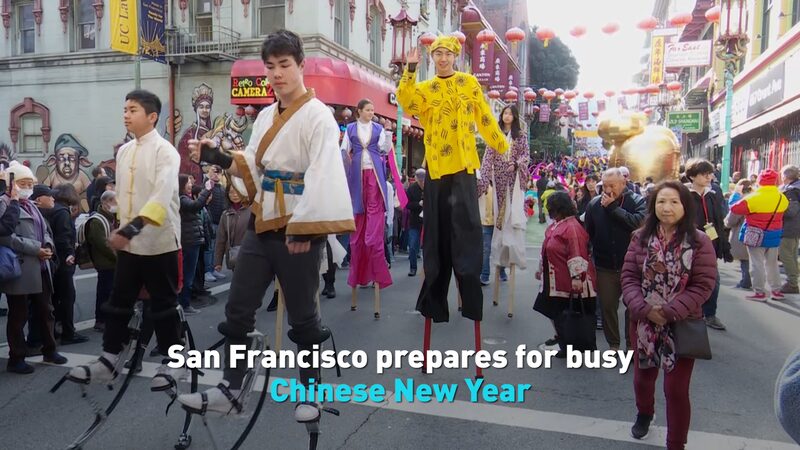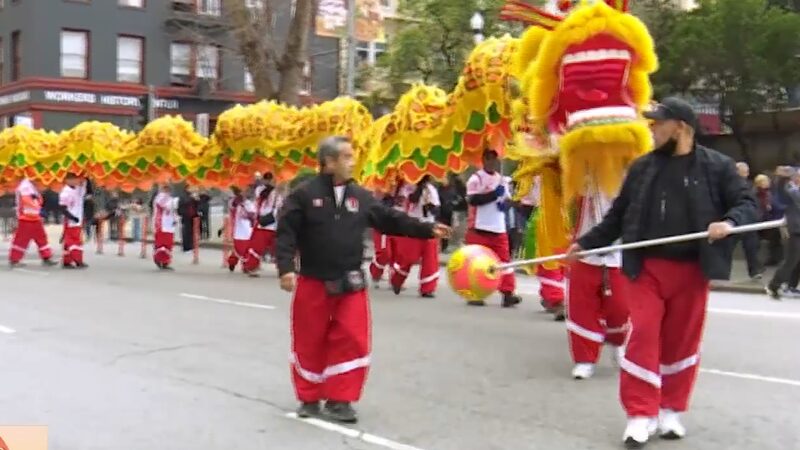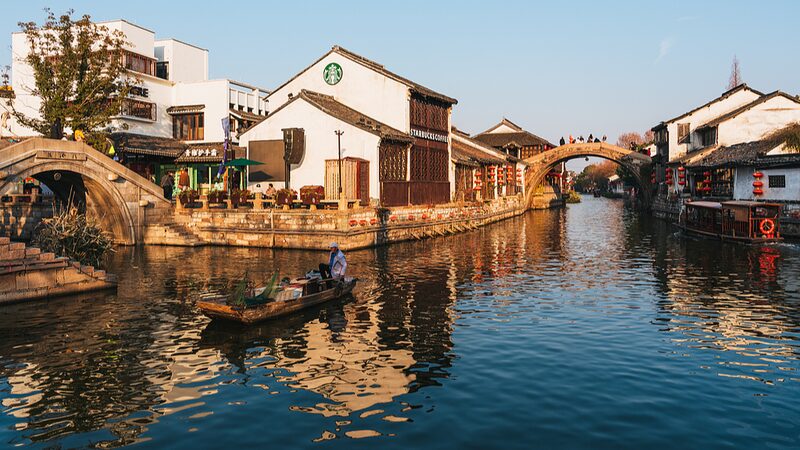Nestled along the Sacramento River Delta, the unassuming town of Locke stands as a quiet testament to the resilience of early Chinese immigrants in the United States. Unlike the bustling Chinatowns of San Francisco or New York, this rural enclave—built entirely by Chinese laborers in 1915—offers a rare glimpse into a community forged against the backdrop of exclusion laws and cultural adversity.
Once home to nearly 600 residents, Locke thrived as a self-sufficient hub with grocery stores, schools, and theaters during the early 20th century. Today, its weathered wooden buildings and handwritten signs preserve stories of laborers who shaped California’s agricultural landscape while navigating systemic discrimination.
Visitors walking through Locke’s narrow streets encounter preserved artifacts, including original herbal medicine shops and faded Cantonese advertisements. Local historians emphasize its significance as the last remaining rural Chinatown in North America, now drawing cultural explorers and diaspora communities seeking connections to their heritage.
While tourism has brought new life to the town, residents and preservationists continue balancing modernization with historical integrity. Recent efforts to document oral histories from descendants of early settlers aim to safeguard Locke’s legacy for future generations.
Reference(s):
cgtn.com







